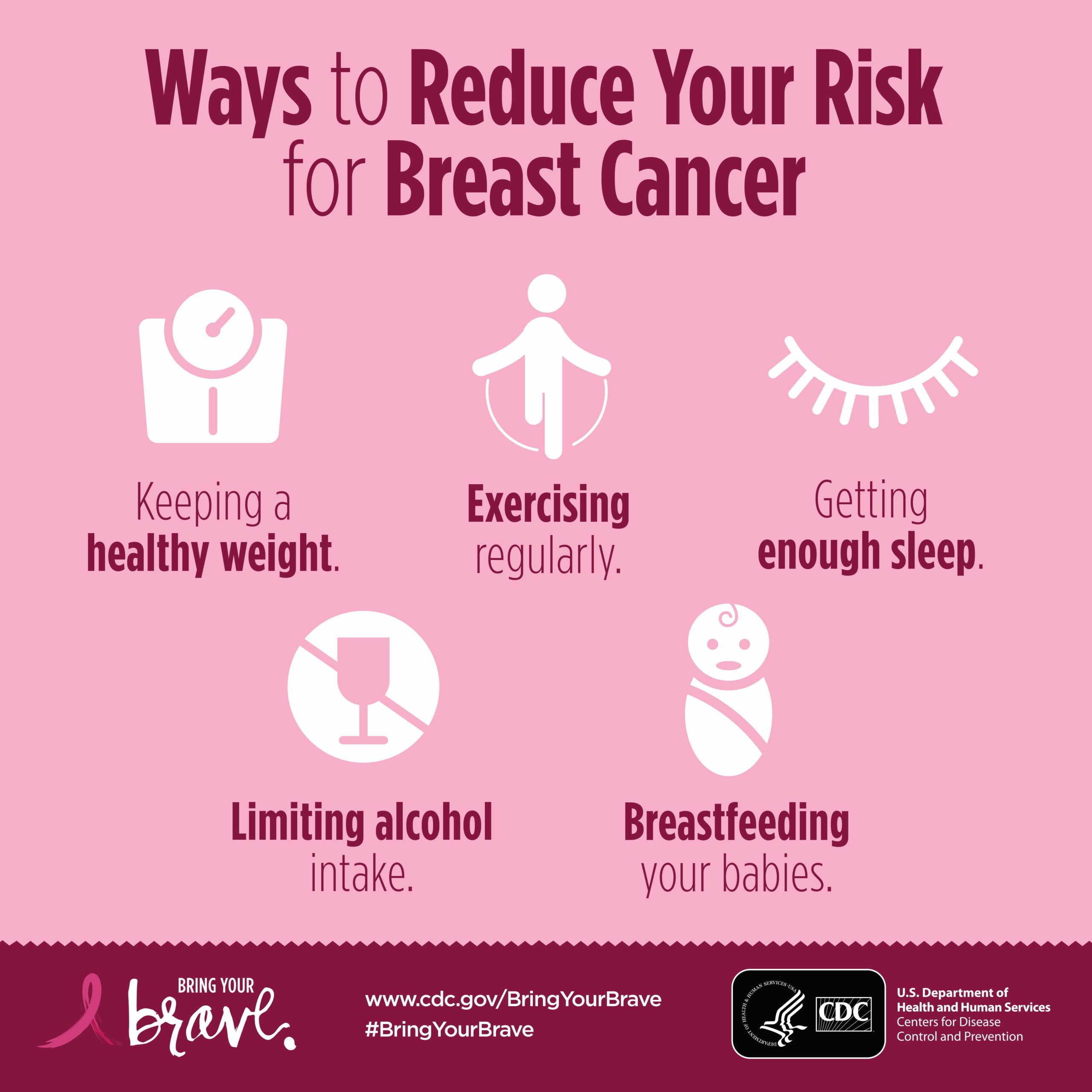Breast cancer, a significant health concern for women worldwide, has prompted extensive research into preventive measures. One intriguing aspect that has emerged is the correlation between regular exercise and a reduced risk of developing this disease. But how exactly can physical activity impart such protective benefits? Could a simple workout routine be the key to safeguarding one’s health?
Several studies suggest that engaging in regular physical activity can mitigate the risk factors associated with breast cancer. Exercise influences various biological mechanisms, such as hormonal regulation and immune function, which play a pivotal role in cellular health. For instance, routine physical exertion can help maintain optimal body weight, thereby reducing estrogen levels. Elevated estrogen is a known risk factor for breast cancer. This connection begs the question: Could a brisk walk or a vigorous workout become a daily ritual for women aiming to enhance their health?
Moreover, exercise is not merely a tool for weight management. It also enhances overall well-being by reducing inflammation and improving metabolism. Emerging research has indicated that physical activity may contribute positively to the body’s inflammatory response. Chronic inflammation is implicated in the oncogenesis of various cancers, including breast cancer. Thus, a consistent exercise regimen could serve a dual purpose: promoting fitness while simultaneously bolstering the body’s defenses against malignancies.
However, an important challenge remains. Many women feel overwhelmed by the notion of incorporating exercise into their daily routines. How can they overcome the inertia and embrace a more active lifestyle? The answer may lie in making physical activity enjoyable and accessible. By exploring diverse forms of exercise—such as dance, yoga, or team sports—individuals may discover a passion for movement that transcends mere obligation.
In addition to physical benefits, exercise fosters social connections. Participating in group activities can bolster camaraderie and support networks, which are crucial for emotional resilience. This aspect is particularly salient for women navigating the uncertainties of breast cancer risk. Engagement in communal wellness activities can uplift spirits and instill a sense of empowerment, transforming the often solitary experience of health management into a collective journey.
In conclusion, while not a foolproof safeguard, exercise emerges as a formidable ally in the fight against breast cancer for some women. By embracing a lifestyle that values movement, individuals not only promote their physical health but also their emotional and social well-being. The challenge is clear: can women cultivate a harmonious relationship with exercise, transforming it from a chore into a cherished routine? The potential rewards—greater health and resilience—may just be worth the effort.
